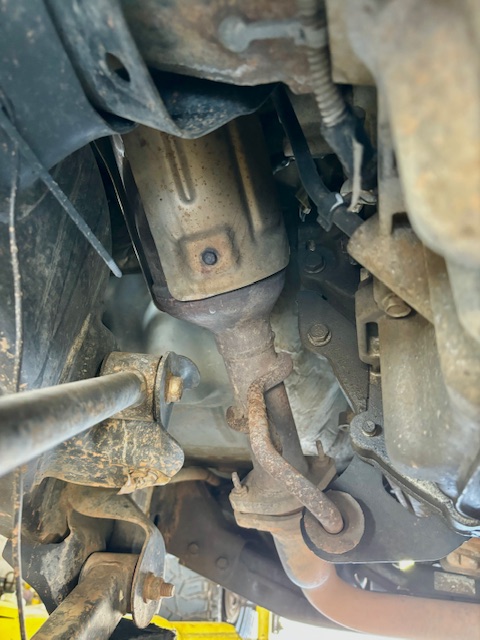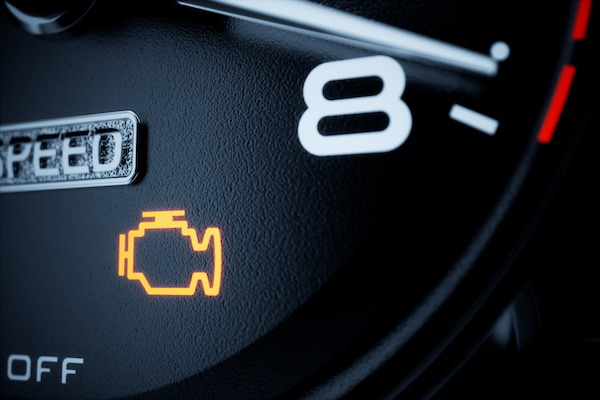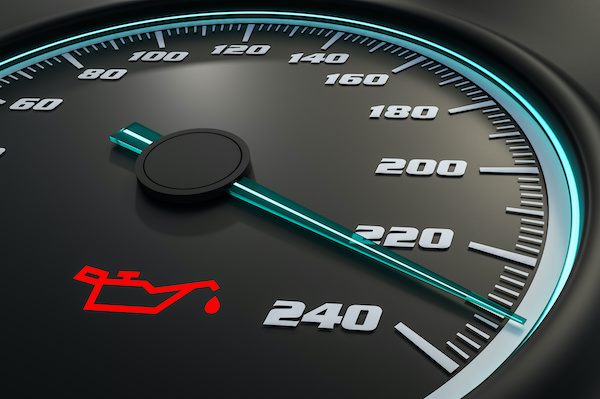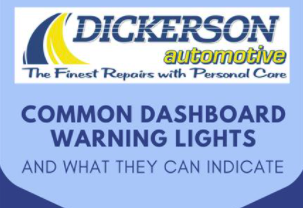Posted on 8/27/2024

A vehicle can fail an emissions test due to a bad or low-quality catalytic converter because the converter is crucial in reducing harmful pollutants emitted from the exhaust system. Replacement can be a costly repair, but it is best to ensure it is a quality part rather than risk replacing it multiple times. Here’s why: Increased Emissions: The catalytic converter’s primary function is to convert toxic gases like carbon monoxide, nitrogen oxides, and hydrocarbons into less harmful substances such as carbon dioxide, nitrogen, and water vapor. If the catalytic converter is malfunctioning or damaged, it won’t effectively convert these gases, leading to higher levels of pollutants in the exhaust. This increase in emissions will typically cause the vehicle to fail an emissions test, as it will exceed the acceptable limits set by environmental regulations. Check Engine Light: Many vehicles are equipped with onboard diagnostic ... read more
Posted on 1/27/2023
.jpeg)
The coolant temperature warning light, often represented by a thermometer or temperature gauge symbol, is an important indicator on your dashboard. It is designed to alert you when the engine's coolant temperature is too high and could potentially cause damage to your engine. The coolant, also known as antifreeze, is responsible for regulating the temperature of your engine. It flows through the engine's cooling system, absorbing heat and transferring it to the air outside of the car. If the coolant becomes too hot, your engine is at a high risk of overheating, which can lead to extensive engine damage. When the coolant temperature warning light comes on your vehicle's dashboard, it's important to take immediate action. Here are a few things you should proceed to do: Pull over and turn the engine off as soon as it is safe to do so. Check the coolant volume in the radiator and the tank. If the level is low, you may need to add more coolant. Check for any visible signs ... read more
Posted on 4/28/2022

The last thing you want is to damage your car while driving. But if you're in the middle of a highway and the check engine light comes on, what should you do? Will you damage the engine if you drive a few miles further to the next gas station? The answer to this question can be tricky. It's useful to know what kind of check engine light your car has. Is it just an orange light or is there a red one as well? Does the light flash when the situation is dire? Does the light stay constant when the issue does not require your immediate attention? Knowing how the check engine light functions in your car can help you understand what the car's diagnostic system communicates whenever it flashes or lights up. Check your car's manual to make sure you're familiar with its language. When the frightful check engine light does comes on, stay calm. Reduce your speed and inspect how your vehicle is performing. Use all your senses to reassess if there is something strange or dist ... read more
Posted on 5/26/2021

Your vehicle's dashboard can give you a lot of information about whether the components of your vehicle are functioning correctly. It can also tell you when you need maintenance. There are some warnings on your dashboard that shouldn't be ignored though, including the: Electrical system fault warning light Tire pressure warning light Oil pressure warning light Coolant temperature warning light Check engine warning light Electrical Fault Light The electrical fault light looks like a car battery and is one of the most important warning lights on your dashboard. When on, it indicates that there is a problem somewhere in the electrical system of your vehicle and this means the battery won't be able to function properly. What to Do While ignoring it might not cause major damage to your vehicle, it is possible that your car won't be able to start again until it's fixed so it's important to take your vehicle in for maintenance while it is still operational. Ti ... read more
Posted on 7/31/2020

All vehicles are equipped with a sophisticated computer system that’s programmed to alert you if it detects something wrong. If you turn on the ignition and notice a warning light, it’s important to bring your vehicle into Dickerson Automotive as soon as possible for an inspection. Depending on which warning light illuminates, a major issue can progress quickly and lead to an unexpected breakdown. It’s important to pay attention to the dashboard warning lights because not only do they keep you safe, but they prevent automotive failures and their expensive repair bills. Below are the most common dashboard warning lights and what they can indicate: Oil Pressure Light The oil pressure light is an image of an old fashioned oil tin and indicates an issue with your vehicle’s oil pressure system. If this light illuminates, your car may be low on oil, or the oil pressure is low. This light alerts of a problem that should be addressed as soon as ... read more